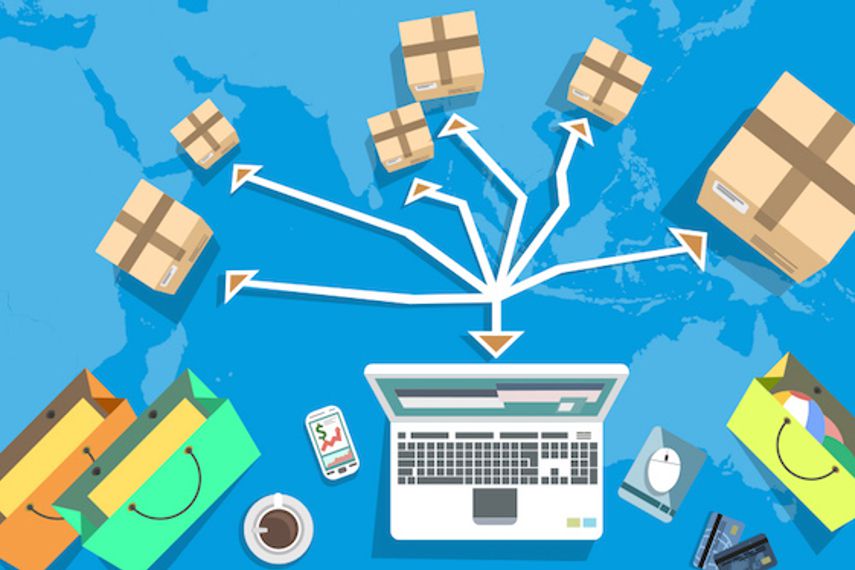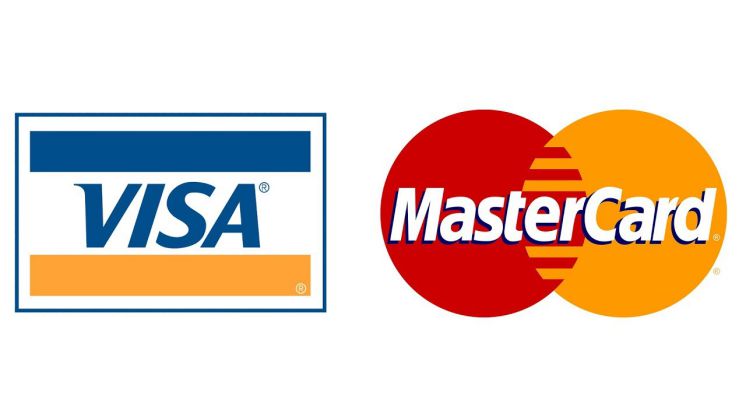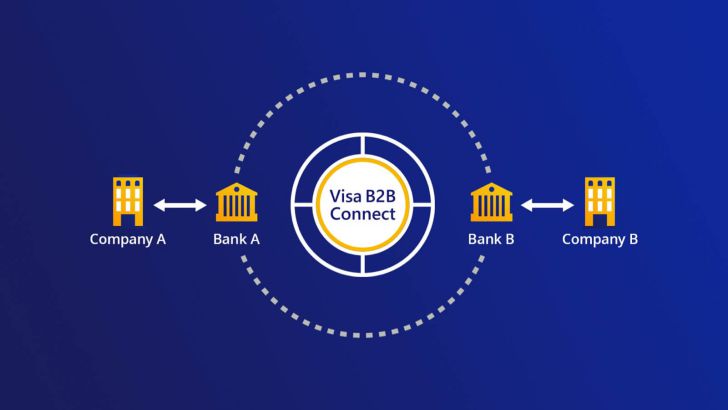Cross border fee becomes more popular than ever before due to the rise in the Internet and eCommerce. As people can connect to each other all around the world, they can easily buy suitable items that they cannot find in the local market. However, the international market requires some more fees, among which is the cross border fee. Similarly, the merchants can find their potential customers in other markets.
If you are conducting or planning on business online, you should gain more knowledge about the number of fees related to online payments. You also need to pay attention to the exchange rates and the cross-border fee as well.

The article below will cover important information about the cross-border fee so that you can have a clearer look at your online business. Let’s dive into it.
What is a Cross Border Fee?
People often talk about the cross border fee, which is widely seen in online businesses. More specifically, it is a type of fee for assessment, which is often paid by merchants when any customers use their cards to make payments at your online stores. Make sure that the customers’ cards are from international banks.
Some clear examples of cards that are widely used by many people around the world, are Mastercard and Visa.

We often have to pay the cross border fee when there are international transactions. Besides, this fee is often passed along to the merchants and business owners.
Cross-border fee: the history
In fact, we can easily see that there are more and more eCommerce-based businesses nowadays. The merchants do not limit themselves to sell products in the domestic markets, instead, they tend to find more potential customers in other areas. In other words, business owners sell both online and offline, and they find many markets outside their countries.
Moreover, thanks to the development of technology and the Internet, online shopping becomes easier than ever because customers, especially foreign customers from anywhere, can make their payments by using credit cards.

When it comes to the history of cross border fee, flat pricing was a really common pricing method in the early age of eCommerce. This method is simple and understandable. However, time flies, online payments have developed and it becomes more complex. Visa and Mastercard’s cost structure has changed a lot to have more breakdowns for corporate cards, foreign-issued cards, and rewards cards.
The cross border fee is only applied when a foreign-issued card is processed. Besides, the interchange cost is different in each region.
In which situation are you charged this fee?
Due to the fact that cross border fee is required by card issuers so almost all providers charge this fee. Whenever you are conducting an online business, converting currencies is a really important process that should not be missed. This process involves administrative work which is on behalf of the card issuers.

The fees are often passed on to the merchants and business owners. The fact that they operate differently based on the names of issuers. Normally, we call it the cross border fee for Mastercard, while Service Assessment fee is often used for Visa.
Moreover, when using the credit card for any transactions, we need to look at the two important things, including:
- The country where the card was issued.
- The country where the merchant account was issued. Obviously, if you are a merchant, you have to provide the address of your business in order to determine the place where the merchants’ accounts are based.
You can see the pop-ups of this cross border fee when you make any online or in-person transactions with credit cards issued in different countries.
Cross border fees: How much do they cost?
No doubt that cross border fee is an inescapable part whenever you carry out any international transactions. In fact, there is still confusion as to the money amount that each merchant has to pay when they sell their products to people in other countries. There are two common ways to calculate the fee in general. However, the fee depends on the location and currency in different areas as well. Let’s learn how much these fees cost for cross-border transactions.
The two common cases, including:
- In case an international customer makes a purchase and they will pay in their local currency, the cross border fee rate will be 0.8%
- Another case is when someone from a random country buys your product and they do not pay in their local currency, the cross border fee rate will be lower, at 0.4%.

Obviously, the cost often varies by card issuers and the currency of the transaction. Normally, it ranges from around 0.4% to 1.2% of the international transaction value. So, let’s say the more expensive the transaction is, the higher fee it will cost you.
Besides those fees, there is also another fee which is called a “markup fee” on your payment processor. Take PayPay and Stripe as the third-party processors, this fee will be wary of them as well.
As the updating figures of 01/2021, let’s take a look at the list below for more information about the rate of cross border fees.

- For Visa International Service Fee - Base: This will charge you at the rate of 1%. The cost will be applied to transactions of merchants whose countries are different from the location where the card was issued. And importantly, the transaction had to be settled in USD.
- For Visa International Service Fee - Enhanced: The rate of this payment network is a little bit higher than the first one, around 1.4%. This cost is not quite different from the base version, however, the transaction does not have to be settled in USD.
- Discover International Service Fee with the rate of 0.8% is often applied to the number of card sales (in dollar and cash is not included). This should be conducted in the USA and the card issuers should be in other countries.
- Mastercard US-cross border USD with the rate standing at 0.6%. This fee will be applied in case the transaction is conducted in a different country where the transaction was in USD and the card was totally issued.
- In terms of the Mastercard US-cross border non - USD, the rate is higher, with 1%. This fee will be applied to transactions from different countries where the transactions were not in USD.
Example:
In case a customer from the USA makes an order in your business. The payment is carried out in USD, so you pay a fee at the rate of 0.6%.
In case you sell a book to someone in other parts of the world in their local currency, you also will be charged the fee at the rate of 1%.
The status of B2B cross-border payments?
Many pieces of research have been carried out to gain more insight into the B2B cross-border payment worldwide, especially after the Covid-19 pandemic. One typical study is from Juniper Research, which says that the total value of this kind of payment will increase in 2022 by 30%. This means the value will reach practically $35 trillion in the next year compared to the previous year of 2020.

As a result, this can conclude that there is an expansion of eCommerce around the world, and more small, medium, and large-scale companies jump into this market.
How to avoid cross border fee?
As cross border fees will increase your business cost, which may affect the operation process, many people find ways to avoid them. Although it is not simple and easy to find ways to avoid this type of fee, there are still some tips for you to reduce the amount of fee by making some important and substantial changes to the business. Below are some typical examples for you to look at.

Use local distributors
This way sounds difficult but it is really worth investing in the long run. Obviously, in case you are planning on a long-term journey in a certain place and the local people there are potential and the fact that they play a really crucial role in your business, at least a local distributor is necessary. You surely have to pay the rent and hire fee but they are less expensive and more worthwhile than when you have to pay a large amount of money which is often charged on the value of every transaction that your customer makes.
Most importantly, you will have higher chances to take part in the setting up process and working with the local distributors. You can also eliminate the cross border fee. No doubt that the final revenue and profit will surely increase because no one is better at understanding the local market than the local residents. That is why using local distributors to sell your own products is really important and worthwhile.
Setting up new branches in the new country
Another way to get rid of the cross border fee is to build yourself a new branch in a different country. Owning a small company overseas will require a lot of investment, especially in money. No doubt that you must have a solid base of finance in order to deal with any risks when necessary. This way is a good option, but you should only try it when you have good financial resources.
Opening bank account in the local country
This task seems weird, in the long run, it is worthwhile. As cross border fees are often regarded as an insurance premium, many merchants have to use a certain amount of their income to pay for it. It is really hard to avoid and is impossible in some cases. The Internet creates a new virtual market where everyone can contact each other and sell their products, even small-scale business can occur there, so setting up a new branch or hiring local distributors maybe somehow a tough task for some small companies. Therefore, some of them can consider opening bank accounts in the country that they are targeting, so that the transactions will be made domestically without charging cross border fees.
Dealing with processor
In case your target markets are not only one country, but you also want to expand your business to an international level, then it is impossible and quite costly to set up or rent the local stores in every country. Obviously, you will have to meet and talk to many processors from around the world, otherwise, you have to pay the cross border fees. There is a risk that the fees are different in some regions and you will have to add on some additional fees in your payments. That is why you should deal with the processors. One of the most recommended ways is to offer processors high-valued long-term contracts, in exchange for zero cross border fee.
Conclusion
Cross border fee is an unavoidable cost for all merchants if they want to carry out their online businesses. Obviously, we cannot deny the importance of eCommerce to our world and the significant changes that eCommerce in particular and the Internet, in general, have made to both personal lives and the economy. ECommerce, in other words, has brought the world a small market where people can buy everything around the world. And more importantly, merchants or business owners gain more chances in seeking their potential customers, thus expanding their markets and improving the profit.
Because of the convenience and benefits that eCommerce has, cross border fees are also applied for those who make any international transactions. The cost depends on the value of transactions and the locations as well. So, many people also find some ways to avoid them. If you are a business owner or an online merchant, this knowledge is really important for your better financial management. In case you want to find more Magento 2 extensions for your online store, you can visit our store for more information. Do not hesitate to contact us here or via our email: support@magenest.com

















